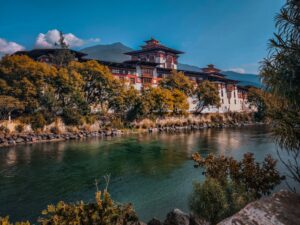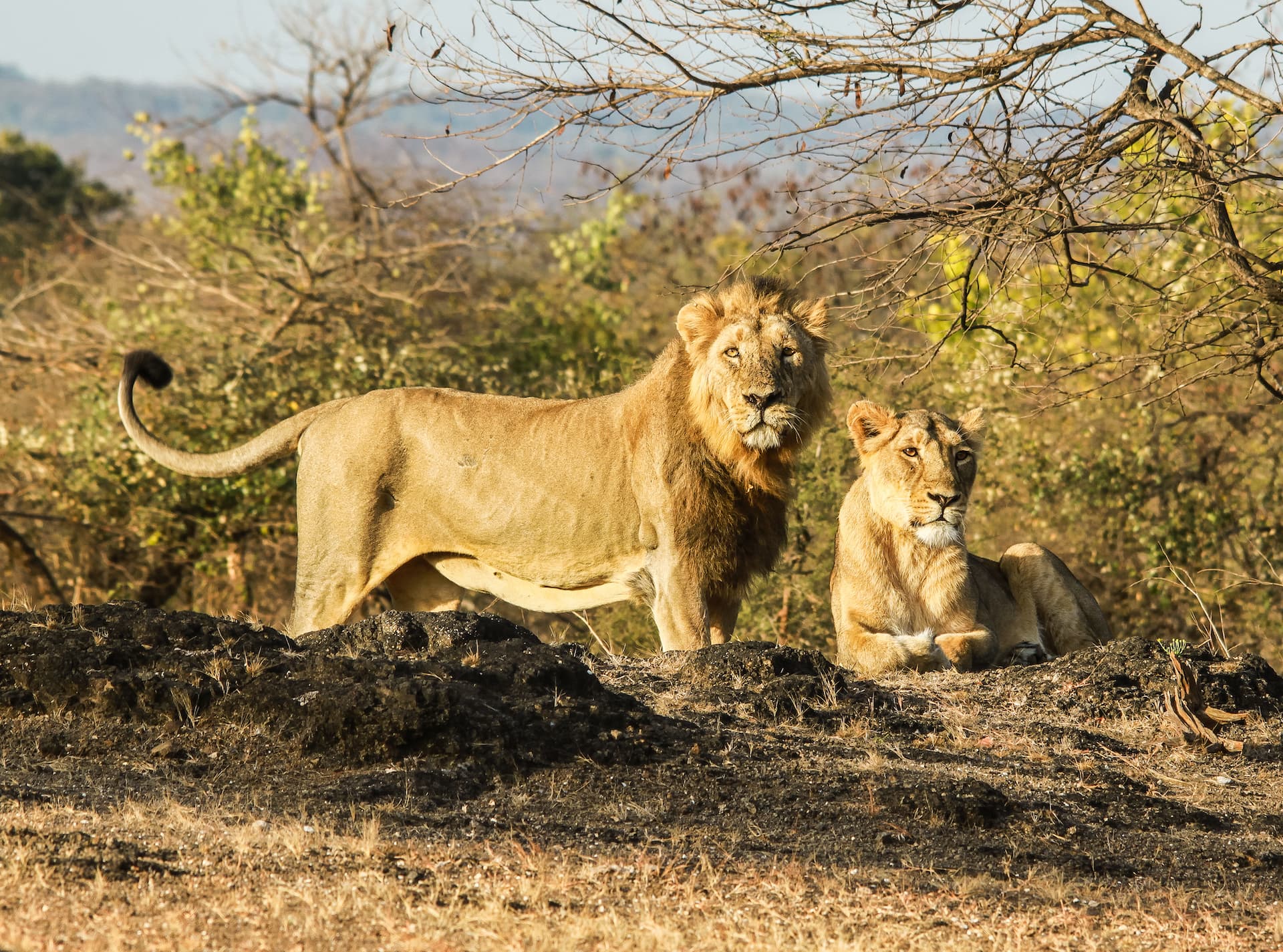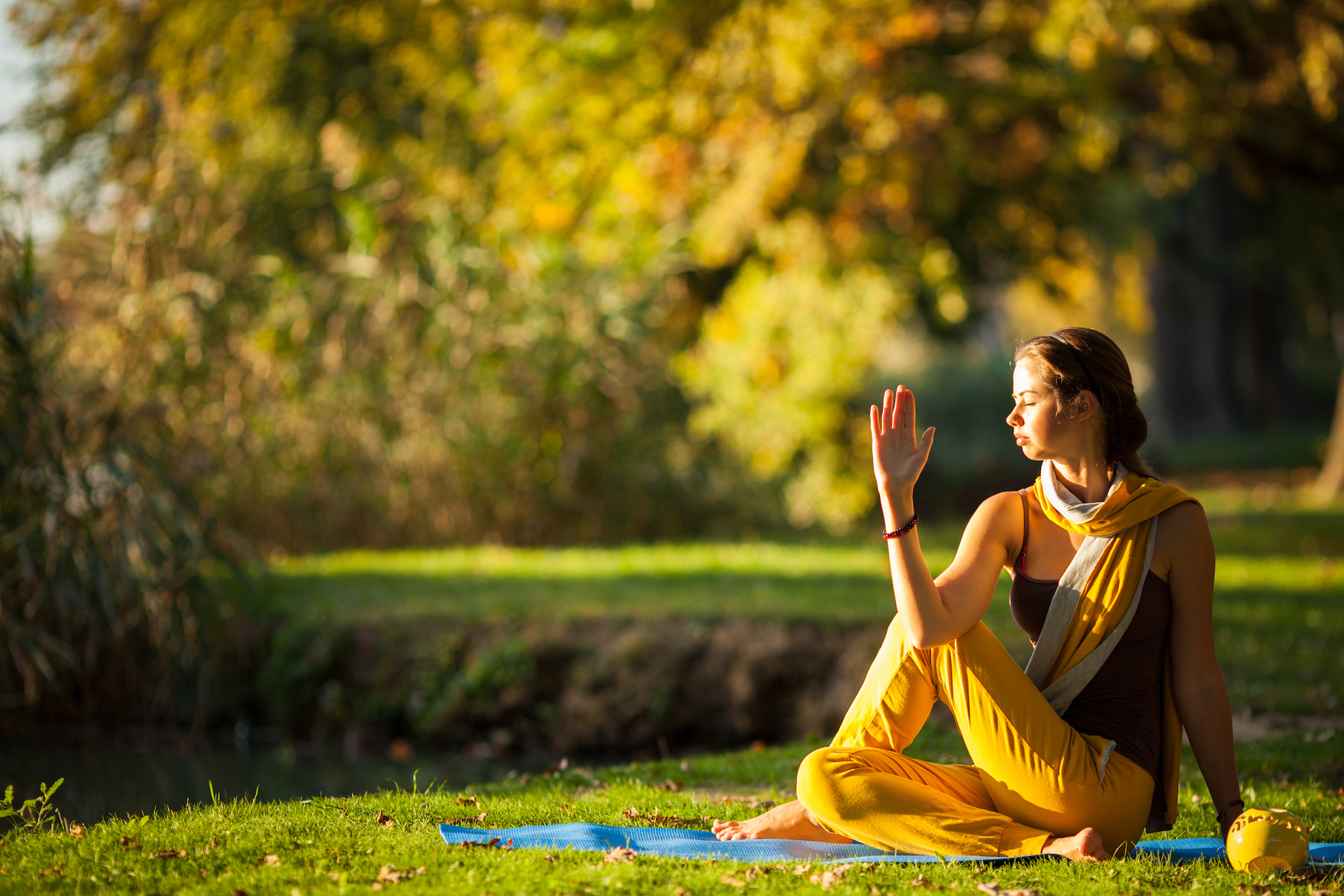
overview
Escorted by a knowledgeable person in Buddhism, Buddhist iconography and Bhutan, this is a cycling tour with a difference. One need not be a hard-core cyclist, just reasonably fit with a passion for an active holiday. There is no cycling between two destinations as is the case in many cycling tours, however once at a particular destination, we explore that particular city on cycles. The vehicle will never be too far away, in case anyone gets tired. The group size will always be small. Come, explore Bhutan on a mountain bike and experience this beautiful mountain country with a king who rides a bicycle too! Thimphu has many tales of close encounters, or near-misses with the King, when people pulled over their car to chat with the bicycling monarch, the time they spotted him, or someone who looked quite like him, on an early-morning ride.
Insider Tips:
- Maximum – 10 participating guests.
- Language – English and French.
- Best time for this itinerary: Mid-November to April.
- Best time for mountain views in Bhutan: Mid-November
to mid-March. - December, January, February is the time for thanksgiving
in Bhutan and a great insight into how the Bhutanese
have retained some of their pre-Buddhist animist
tradition. The thanksgiving ceremonies take place in the
ancestral homes in the countryside. - Best time to see the Rhododendrons bloom: April and
May. The drive from Thimphu and Punakha, via the
Dochu-la Pass, during the month of April and May, is a
riot of colours with blooming Rhododendrons. - Bhutan festivals are some of the most colourful and
exciting festivals in the world. Paro and Punakha
celebrate their annual festivals in the month of March
and February respectively. It is a great time to be in
Bhutan. Accommodation and flight tickets have to be
secured at least a year in advance should you want to
include any of the festivals in Paro and Punakha in the
Bhutan itinerary. - Most Bhutanese establishments such as Textile Museum
and the Zorig Chosum are closed on Saturdays, Sundays
and public holidays. Similarly the lowering of the National
Flag and the March of the Guards in Thimphu don’t
happen on Saturdays, Sundays and public holidays.
Cycling Information:
- In Thimphu (2 nights): Paved roads/Cycling of 12 kms
over two nights/Easy. - In Punakha (2 nights): Paved and unpaved roads/38 kms
over two nights/Easy to Medium. - In Gangtey (2 nights): Paved and unpaved roads/10 kms
over two nights/Medium. - In Bumthang (3 nights) Paved and unpaved roads/36 kms
over three nights/Easy to Medium (Cycling in Tang Valley
not included). - In Paro (3 nights) Paved roads/15 kms over three
nights/Easy (Cycling back from the Chele La Pass to our
hotel not included).
Type of Cycle:
Commencal Hard Tail or Trek Mountain Bikes

day wise itinerary ![]()
Landing in Paro is a breathtaking experience. The aircraft waves precariously after a sharp right turn and descends to a high altitude bowl amid colossal mountain peaks before touching down, coming very close to the picturesque roofs of nearby houses within feet of clipping them. Warm welcome at Paro airport by the representative and later drive along the Pachu and Wangchu rivers through mountain roads to Thimphu, Bhutan’s capital city. In the evening, visit the Trashichho Dzong in time to watch the lowering of the National Flag and the March of the Guards.
It is a day of luminous awakening. Start early to drive to the Buddha Dordenma – one of the tallest Buddha statues in Asia (51.5 m) – sitting on top of a hill overlooking Thimphu city. Catch the sunrise here over a cup of tea. Cycle back to the hotel. Post breakfast, gather for a session towards a better understanding of Himalayan Buddhism followed by a Mandala making session. Cycle to the Memorial Chorten of Thimphu, an excellent site to know more about Himalayan Buddhism in all its complexity, depicted through paintings and statues. Visit the Textile Museum which showcases the evolution of textiles in Bhutan and spend time with students at the Zorig Chosum which offers a comprehensive six year course in different traditional arts and crafts of Bhutan.
Drive to Punakha. Post lunch, cycle to the magnificent 17th century Punakha Dzong, Bhutan’s most beautiful Dzong. Later, cross one of the longest and highest suspension foot bridges in the country stretching over 200m above the river Pho. It is a terrifying yet exhilarating experience! Continue to cycle along a dirt road following the river, with great views of the Punakha Dzong. Pass by small villages surrounded by paddy fields.
Explore the Punakha Valley on cycles. Drive to the picturesque village of Talo. From here, cycle to the Nalanda Monastery. Continue cycling to the charming village of Nobgang – the native village of the four Queens of Bhutan. From Nobgang, walk for about 90 minutes to arrive at a private orchard in the village of Yongu. Enjoy a cup of tea at the orchard while admiring the great view of the Punakha Dzong. Cycle or drive back to the hotel.
Post breakfast, hike to the Khamsum Yuelling Temple and enjoy the stunning views of the Punakha Valley. Later, raft for about 6 kms (two hours) on the river Mochhu. Don’t expect wild rapids here. Enjoy the crystal clear water and the beautiful 360 ̊ views of Punakha Valley. Post lunch, drive to Gangtey, the winter home of the gorgeous black-necked cranes from Tibet.
Explore the Phobjikha valley on cycles. Visit the Gangtey Monastery and the areas around Chhu Nap(Black River) near the Khewang Temple. A shed made with stones to house the local farmers’ autumn potato harvest is the setting for tonight’s dinner. The walls lined with candles, the wine Italian and the food Bhutanese; it is surreal, yet a very special experience.
Spend most of the day getting to Bumthang through winding mountain roads. Bumthang will remind you of a rustic town of the Wild West with small wooden storefronts on both sides of the main street. Half of them are general stores with a bar-cum-saloon. Stop at the Pele La Pass to hang a prayer flag of thanksgiving.
Post breakfast, head out on a cycling pilgrimage of the spiritual heartland of Bhutan by visiting some of its most important Lhakhangs (temples). Enjoy a traditional Bumthang lunch and also get to see the monks debate in an interesting Tibetan style called Tsenyid (Monday to Saturday at 16:00 hours). The physicality in such debates is striking, embellished with hand clapping and emphatic gestures.
Post breakfast, drive to the Tang Valley. Visit the 19th century Ogyen Chholing, once the country estate of a prominent religious aristocrat of Bhutan for a sneak peek into life in pre-currency Bhutan. Cycle back to the hotel.
Transfer to the Bumthang airport for the flight to Paro which is a short haul of 20 minutes. With its tiny hut for an arrival and departure terminal, Bumthang airport may well be Asia’s quirkiest airport. In the afternoon, drive to the ruins of Drukgyel Dzong. On a clear day, there is a splendid view of Mt. Jomolhari from the approach road. This is as far as anyone can go on a paved road in Paro and it marks the trailhead to many treks to the high Himalayan peaks close to the Tibetan border. Cycle back to the hotel. Spend the evening interacting with a local Bhutanese author.
Drive up the steep road that climbs to Chele La Pass through blue pine and rhododendron forests. On a clear day there is a superb view of Mt Jomolhari and Mt Jichu Drake from Chele La Pass. Spend time here strolling around, enjoying the lovely mountain scenery. Continue the walk to a 9th century nunnery nestled in a craggy patch of rock on the mountainside below Chele-La Pass. A steep hike for an hour will take us to the serene home of the Buddhist Anis (nuns). The ride downhill is quite steep and challenging, but the scenery and the landscape are stunning. It is recommended that you make several stops, if cycling.
Start early for the hike up to the Tiger Nest Monastery, spectacularly located on the side of a cliff 900m above the valley floor. The hike up (three hours) to the most famed meditation site in the world is strenuous. The path is steep yet rewarding at the end. The air is thin, dry, and crisp. After spending time soaking in the positive vibrations of the Tiger Nest, have lunch at the monastery’s cafeteria and hike down to the vehicle. Drive back to the hotel.
Transfer to the Paro airport in time for the onward flight.
Any Bhutan guidebook will tell you that ‘Kuzu Zangpo La’ means Hello and ‘Kadinchey’ is Thank You, but to make the locals smile you need to know a word or two of the Dzongkha slang which no guidebook will tell you. Try this one with the guide: ‘JOE-GAY-MOOSH’; it’s a Dzongkha slang equivalent to “Let’s Hit the Road Jack”. Your guide will love it and definitely smile.

BIODIVERSITY conservation
Bhutan’s vast forests cover 72.5% of the nation’s total area of 46,500 square kilometres. So the country is not only carbon neutral, but carbon negative. Only 7.8% of Bhutan’s land area is under cultivation despite 85% of Bhutan’s populace relying on agriculture, livestock and forest products for their sustenance. Whilst Bhutan forest cover blankets 72. 5% of the nation, 26% of the land is protected in national parks, reserves and sanctuaries. Another 9. 5% of the nation is protected in the biological corridors that link nine protected areas. In 1974, the National Assembly mandated that 60% of the country’s land will have to be kept under forest cover for all time to come. Bhutan is home to 5446 species of vascular plants, 178 species of mammals and 770 species of resident and migratory birds.

similar itineraries
Bhutan from the journal
Read the latest articles by Distant Frontiers’ expert team, including columns like Lost in Luxury, Culture Matters and travel news as well as exclusive insiders from the road by our Explorers.

Bhutan, Last Summer

Bhutan Special: Punakha, the Lord made it beautiful









